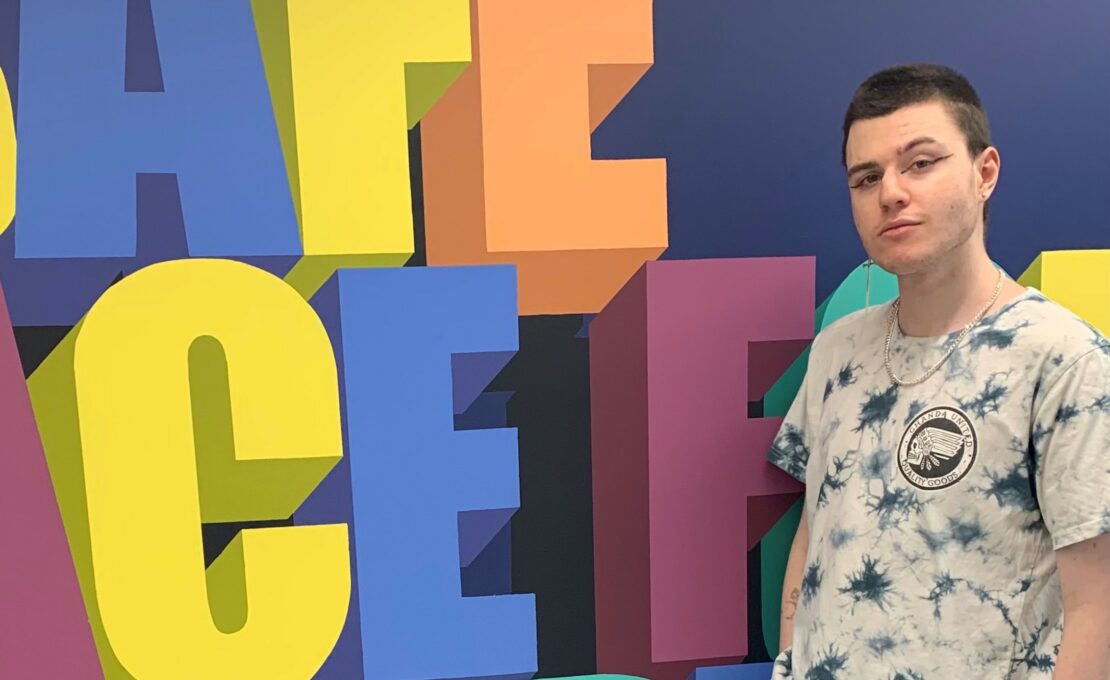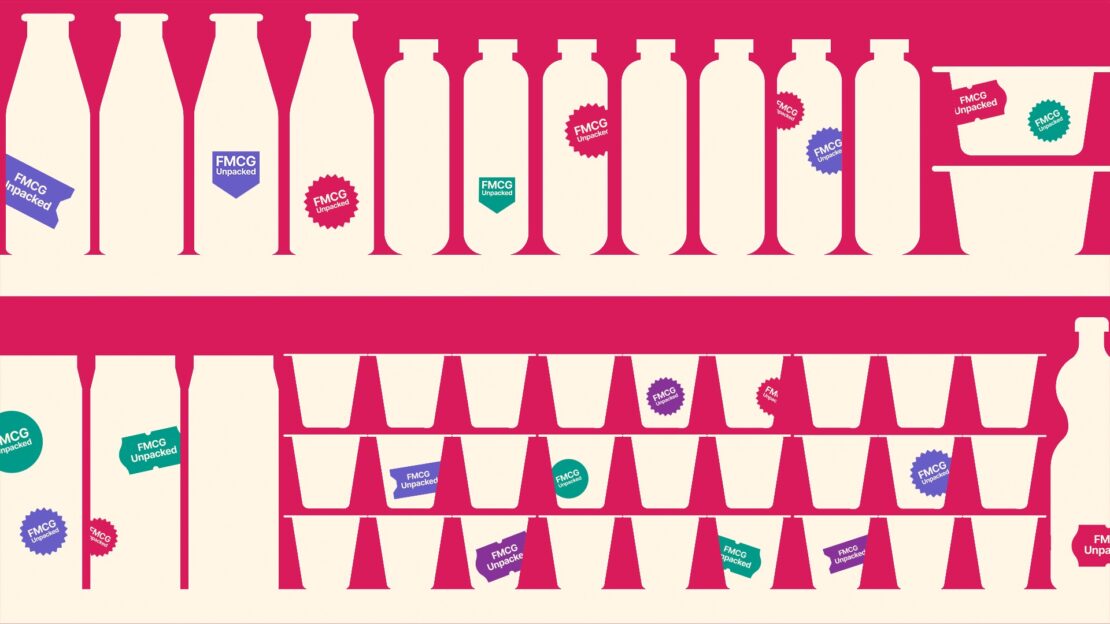From the Experts: How COVID-19 and Black Lives Matter is Changing Sports Media
October 6th, 2023
We introduce our ‘From the Experts’ series – interviewing leading experts on trending topics related to their industries through the lens of communications.
Greg Marshall, Account Executive of Graying US, spoke with Jeffri Chadiha, Senior Correspondent/Senior Writer for NFL Network/NFL.com, about his observations of the sports industry during the COVID-19 pandemic, Black Lives Matter protests and the impact both have on journalists, athletes, front offices and fans.
How have the dynamics of sports media changed during the pandemic? Were there any new challenges or obstacles you faced?
The pandemic has been quite a new normal. I was going on a trip to Kansas City in March and my bosses told to hold off and stay where I was. Nobody knew what was going on and everyone had to be super careful. Everything just went dark in terms of communication.
Our offices are out in Los Angeles, in Culver City, and that place got shut down immediately. When you talk about shutting down a TV network, trying to cover a sport, you’re not getting any information and you’re limited with your technology, it was a huge change. There was a month where there wasn’t as much communication as normal.
For the NFL Draft in March, I remember having talks with my boss about how we were going to create content and what we were going to need. Thankfully the draft is such a huge content creator anyway, we had so much material to put on our website. It also felt like when we were talking with everyone behind the scenes, everything was in the shadow of COVID-19.
“I feel awful for reporters that cover
basketball, hockey or baseball.”
How has the day-to-day journalism schedule for you, your NFL colleagues or peers changed when communicating with players, coaches or front office personnel?
There was definitely an adjustment period there, trying to figure out how we might access the people we’d like to talk to. Teams started using Zoom video conference so they could tell us how their virtual off-seasons were going. I tried to look for stories that I could work on over the course of 2-3 weeks, but also looking for storylines that were relevant for my weekly schedule too.
For example – when the NFL Draft came around, that was really helpful. I was able to look at players who were drafted, see how they might impact teams, and see what players or positions that teams decided not to draft. For a situation like Aaron Rodgers and the Green Bay Packers, they drafted the quarterback, Jordan Love, and that became a big story. Cam Newton struggling to find a job was another story. I was still able to find stories to talk about. One thing we discussed internally for NFL.com was a new discussion forum for myself, Jim Trotter, Judy Bautista and Michael Silver called Press Coverage to discuss these unique stories.
I feel awful for reporters that cover basketball, hockey or baseball. In this business, there were a lot of people that freelance that make their money from just going to games – or cover stories for a variety of publications. When you lose March Madness, NBA playoffs get suspended and NHL playoffs get suspended, there are so many professionals out there that depend on these sports to make extra money or perhaps their entire salary. That was a forgotten media demographic during the pandemic – people who were freelancers or independent contractors.
I would also love to hear your perspective on what the future of sports this summer and fall looks like with limited spectators and the growing dependency of sports reporters due to the pandemic.
I think in terms of how we’re going to watch sports and how fans are going to be involved with it, I’m not that optimistic that you’re going to have full stadiums or even half-full stadiums. Especially when it comes to football, that will probably be the toughest sport to manage.
There are already so many people that are involved with football, both college and pro. It requires so many bodies on the sidelines – and even tailgating. It’s a big culture of football, so even people hanging out in the parking lot might be overwhelming. I just don’t know if there will be a sense of comfort with that. I think what will be interesting to watch will be how soccer leagues handle their season, how the NBA handles their playoffs, how MLB gets going – the NFL will be able to learn some things about those experiences.
But in terms of the media coverage, I really believe that people who cover sports, we have to really be able to put things into perspective. We have to be able to monitor sources and cultivate those relationships and collect good information. We’ve kind of gotten to a place in sports media where it’s almost like ‘hey, everyone knows what’s going on because we have all these websites, all these talk shows, all these blogs and all these people playing fantasy football – everyone thought they knew what was going on.’ Sometimes that can make you feel good and sometimes that can make you feel like ‘what’s the point of sports journalism because everyone already knows everything.’
Are there any changes in place or forthcoming for media covering stories for this NFL season? Any social distancing guidelines or restrictions with team operations, coaches and players?
I think that’s all on the table. I could see Zoom video conferencing being a bigger part of the interview process, just for security reasons. I could see locker room access being off-limits until this is resolved. An NFL locker room after a game is very hard to move around in, so I can imagine media access might go away for awhile.
In the press box, I can envision a world where one news outlet might only be able to have 5-6 people at most, including your photographer and cameraman. For reporters, maybe only 1 or 2 per outlet now, just so you can keep the press box wide open.
This may sound kind of obvious, but how will competition be influenced by empty stands with no fans in attendance?
It will definitely be a factor. There’s a lot of places where home-field advantage really matters. Arrowhead Stadium in Kansas City is one of those places – it really impacts the team emotionally. Seattle is one of those places too. I could see those kinds of places being affected – teams not having fan support.
I also feel like the injury risk might be higher now for players. Especially in football – how much or how little the players will be able to train in the off-season and training camp will have an impact. Football is a game where you have to constantly be doing things, moving around and using muscle memory. Soft tissue injuries like tearing Achilles, pulling hamstrings, tearing calves, pulling biceps and triceps, blowing knees out – there’s just so much.
As social issues continue to play a role in current events and the general election draws closer, how might athletes and the NFL express their messaging?
There will definitely be more protesting. I definitely feel there will be more players kneeling. I think that’s already been made clear. The NFL and Roger Goodell are supportive of this movement, plus coaches like Ron Rivera of the Redskins have come out and are supportive of it. I haven’t heard many owners show their support – we may have to wait for that to happen and see where they stand on this. The president probably sees this as something to use for his campaign.
“I think you will see a lot more
teams stand up and protest.”
It’s going to be a long five months until the season starts. Back in 2016, I think there were a lot of noble intentions and a lot of desires to change things, but the messaging was not supported by all. You saw Colin Kaepernick’s message get hijacked, and a lot of other players started to join him in protesting. Some people thought it became more about the military and the flag being disrespected – so now, I think having a second bite at the apple for these players and teams will help their message.
I think you will see a lot more teams stand up and protest. I think you’ll see the president use this as a way to mobilize his base and inspire his base. There’s going to be a lot of rhetoric, and a lot of people that may get upset and inflamed. That’s also what has to happen sometimes to create change.
Historically when you look at the world, change has never happened easily. It’s always been hard-fought and often times bloodshed has been involved. You’ve usually seen really aggressive conversations. Power is not handed over easily.
What I’m encouraged by – when I look at the players, I see a lot of different people with different backgrounds who are trying to unify and trying to fight for a positive message. If there’s been one blessing that has come out of George Floyd’s death and the pandemic, I think it’s that we’re realizing we have to be kinder to each other, look out for each other and support each other. I think we all feel pain the same way and we all see George Floyd’s death and we’re all disturbed by it.
There’s no way you could’ve gone through the pandemic and not look at someone else like you who’s going through something similar. He/she can’t go to work, he/she might be struggling with their money. That naturally creates more humanity, more passion and more empathy. I think we’ll definitely see more of that in the NFL this year when it comes to these topics and I think we’ll all be in a better place.
Of Note: This interview was conducted on June 11. On June 23, the Athletic reported the National Football League has decided to allow clubs to set their own capacity limits at stadiums for the 2020 regular season. Because some states will enforce health and safety guidelines such as social distancing and face coverings differently than others, the league does not believe it can set a uniform rule that would satisfy all its teams.
Jeffri Chadiha is a senior columnist for NFL media. He reports on the league and produces features for NFL network and writes columns and stories for NFL.com. Prior to his current role, Chadiha was a reporter for ESPN’s “E:60” and a senior writer for ESPN.com (2007-15) as well as a senior writer for Sports Illustrated (2000-07). He won a Sports Emmy in 2009 and wrote his first book, “Going Deep: How Wide Receivers Became the Most Compelling Figures in Pro Sports,” with Hall of Fame wide receiver Cris Carter in 2013.

